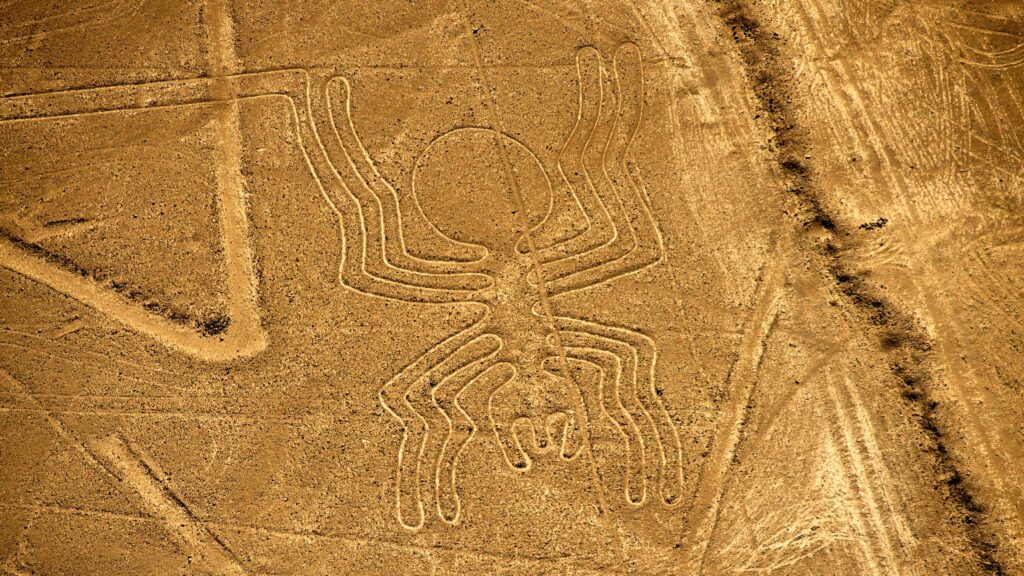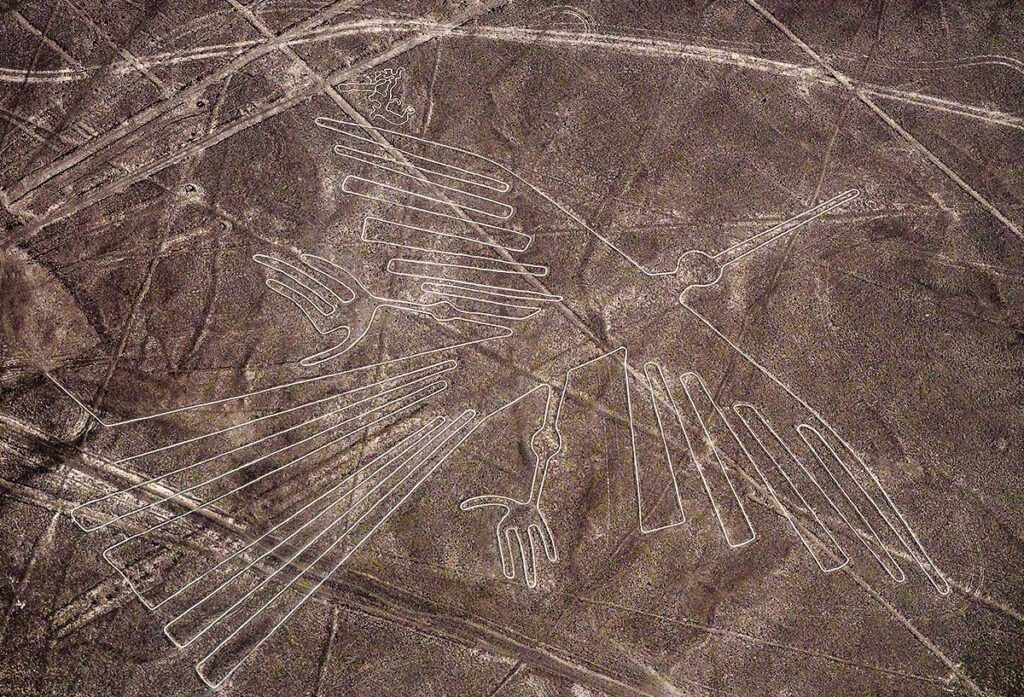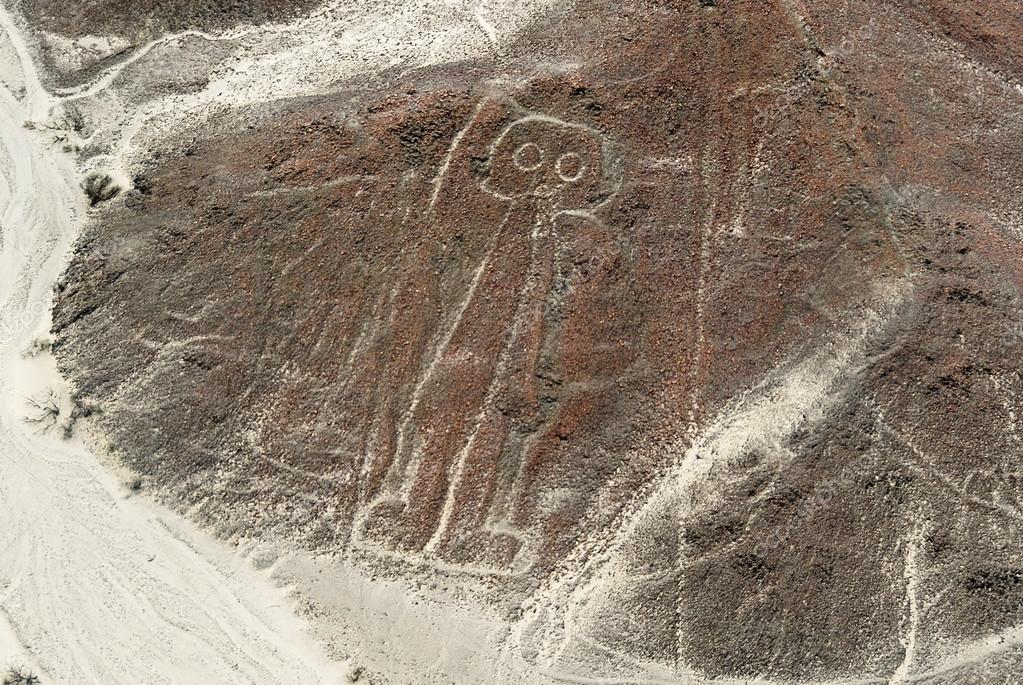Table of Contents

Nazca Lines can be classified into three categories: straight lines, geometric patterns, and visual representations. On the coastal plain, there are more than 800 straight lines, some of which are 30 miles (48 km) long. In addition, there are more than 300 geometric patterns, including spirals, arrows, zigzags, and wavy lines in addition to standard shapes like triangles, rectangles, and trapezoids. Approximately 70 different animals and vegetation are shown in the Nazca Lines, some of which are as long as 1,200 feet (370 meters). Some of the few examples are spider, hummingbird, cactus, monkey, whale, llama, duck, flower, tree, lizard, and dog.

How the Nazca Lines Were Created
The majority of the Nazca Lines are said to have been produced by the Nazca culture, which flourished between A.D. 1 and 700 and dates back to roughly 100 B.C. Some of the geoglyphs may have been produced by the Nazca-predecessor cultures Chavin and Paracas. One of the driest places on Earth, the Rio Grande de Nasca river basin contains the desert plains where the Nazca Lines are found. This archaeological site covers more than 75,000 hectares. Pebbles with a deep rust color from iron oxide coating are spread out over the desert floor. By removing the top 12 to 15 inches of rock, the early inhabitants could see the lighter-colored sand beneath. Most likely, they started with scales that were small and gradually expanded the models proportions to create the large designs.

Nazca Lines and Aliens?
The geoglyphs were first thoroughly studied by Peruvian archaeologist Toribio Mejia Xesspe in 1926, but it wasn’t until pilots flew over them in the 1930s that they received international attention. Since then, experts have disagreed on the meaning of the Nazca Lines.
Paul Kosok, an American historian, researched the geoglyphs from the air and the ground in the late 1930s and early 1940s. He came to the conclusion that the geoglyphs were used for astronomical purposes based on the relative location of one of the lines he studied to the sun during the winter solstice.

Astronomy and Cosmology
One particularly compelling theory suggests that the Nazca Lines align with astronomical events and serve as an observatory for tracking celestial phenomena. Some of the geoglyphs are believed to align with the solstices and other celestial events, hinting at the Nazca people’s profound understanding of the cosmos and their connection to the natural world.

Preservation and UNESCO World Heritage Status
The Nazca Lines are not only remarkable for their historical and cultural significance but also because they represent a delicate and vulnerable part of human heritage. Environmental factors and modern activities, including mining and road construction, pose significant threats to these ancient marvels. Recognizing their importance, the Nazca Lines have been designated a UNESCO World Heritage Site, helping to raise awareness of the need for their preservation.
Exploring the Nazca Lines
If you ever find yourself in southern Peru, visiting the Nazca Lines is a must. There are viewing platforms that allow you to see some of the geoglyphs from the ground, but the best way to appreciate their scale and beauty is to take a small plane ride over the Nazca Desert. The aerial perspective provides a breathtaking view of these intricate designs and the opportunity to be awed by the Nazca people’s incredible artistic and engineering achievements.
Conclusion
The Nazca Lines remain a captivating enigma, challenging our understanding of ancient civilizations and their capabilities. These monumental geoglyphs are not only a testament to the creativity and ingenuity of the Nazca people but also an invitation for us to explore, appreciate, and protect the mysteries of our past.
